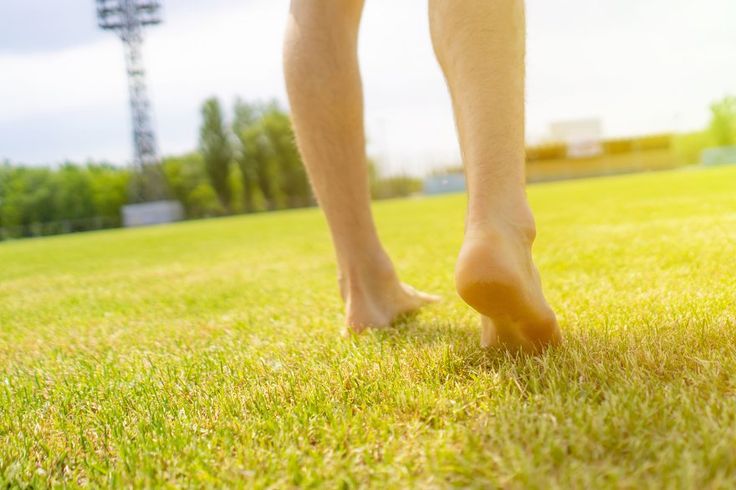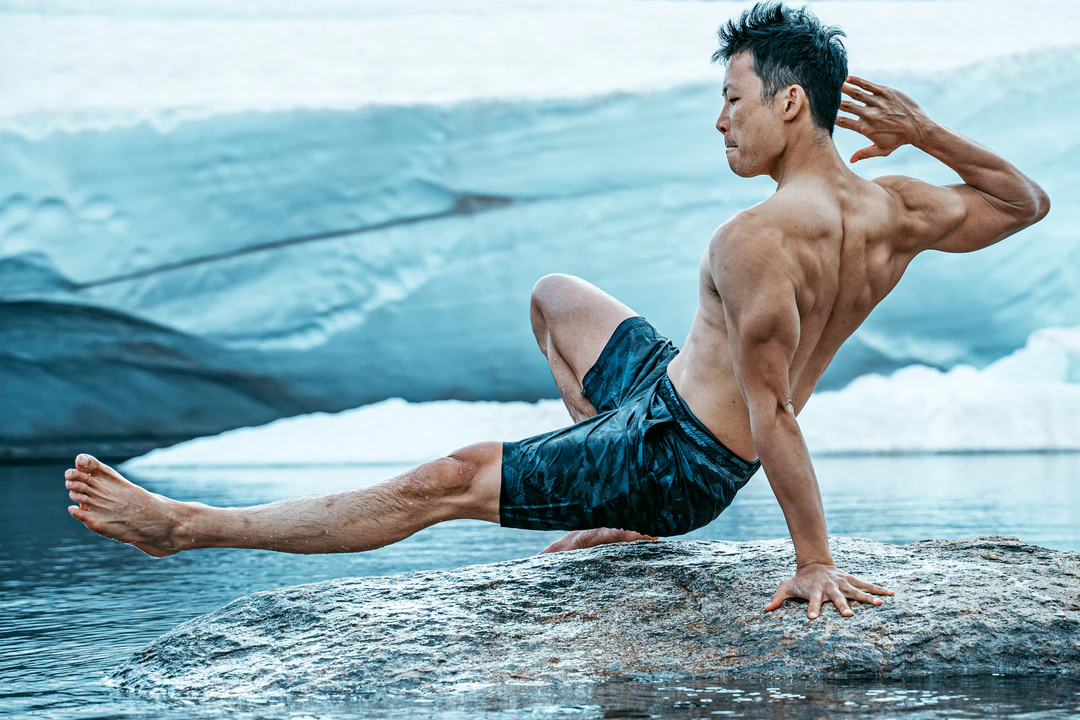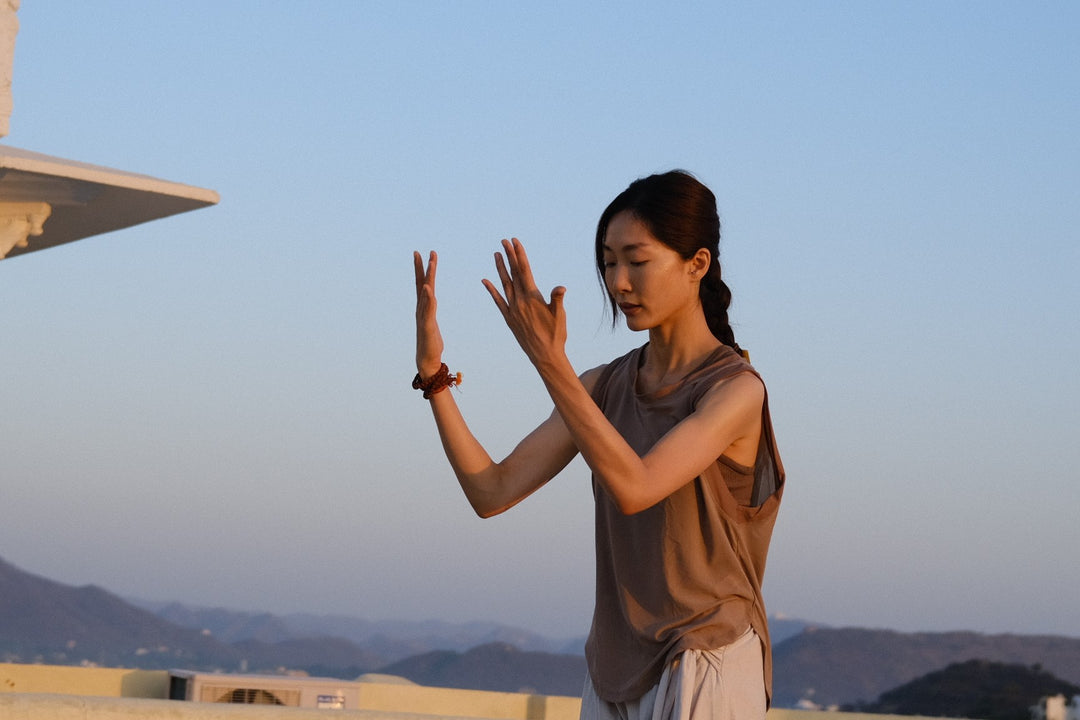Barefoot Shoe Myths Debunked: The Truth That Can Transform Your Walk

Barefoot shoes have been gaining popularity among health-conscious and active people lately. However, as the trend rises, so do some common misunderstandings. Let’s break down these myths and uncover the true value behind barefoot footwear.
Myth 1: "Barefoot Shoes Don’t Offer Support and Are Unsafe"
Many assume that a zero-drop sole and the absence of arch support mean barefoot shoes will lead to injuries. In reality, these shoes are specifically designed to restore your foot’s natural function, allowing it to work exactly as nature intended. They encourage your toes to spread out, let you feel the ground more clearly, and enable free movement. This natural action enhances proprioception, improves posture, and gradually strengthens your foot muscles. With a gradual transition, barefoot shoes are not only safe but can even reduce injury risks over time.
Myth 2: "Barefoot Shoes Are Only for Runners"
While barefoot running once sparked a trend, these shoes are now available in a variety of styles that suit everyday life. Whether you’re exploring busy streets, trekking up a mountain, lifting weights, or even heading to the office, there’s a barefoot option for you. From casual sneakers and minimalist sandals to barefoot-inspired leather shoes, you can find the perfect pair whether you’re out for a run or simply taking your dog for a walk.
Myth 3: "Barefoot Shoes Only Suit Certain Foot Types"
Some people believe that only those with flat feet or a specific walking pattern can wear barefoot shoes. The truth is, these shoes are designed for all foot types. The aim is to activate the small muscles that traditional shoes often suppress, helping you regain a natural gait. No matter your arch height, if you transition gradually, your feet will become stronger, more stable, and your overall coordination will improve.
Myth 4: "Barefoot Shoes Are Uncomfortable and Not Durable"
It’s a misconception that a thinner shoe design means a lack of durability or comfort. Top brands use high-quality materials and ergonomic designs to ensure your feet are supported—even on rugged terrain. With abrasion-resistant soles and uppers that gradually mold to your foot shape, these shoes steadily reduce pressure points while enhancing comfort and durability.
Myth 5: "Barefoot Shoes Look Odd and Are Only for Minimalists"
Barefoot shoes have come a long way from the traditional five-toe design. The market now offers a wide range of stylish and practical options suitable for both casual outings and more formal occasions. Whether you prefer leather shoes, slip-ons, or even insulated boots for winter, modern barefoot footwear lets you maintain a trendy look while still taking care of your health.
Myth 6: "Wearing Barefoot Shoes Will Injure You"
The risk doesn’t lie in the shoes themselves but in switching too abruptly. Jumping straight from heavily cushioned, supportive shoes to zero-drop barefoot shoes without proper preparation can strain your foot muscles. The key is to transition slowly—start with short, low-impact activities and gradually increase the time as your feet adjust. Most people eventually experience improved balance, strength, and reduced discomfort.
Embrace the Barefoot Lifestyle
Barefoot shoes aren’t just a passing trend—they represent a paradigm shift in how we view foot health. Choosing a natural way to walk gives your body the opportunity to move more efficiently, with less pain and more freedom. Whether you’re new to barefoot footwear or already curious about its benefits, a careful transition might bring surprising, lasting improvements to your posture and overall health.
If you’re in Hong Kong and keen to explore the largest barefoot shoe specialist in the region, check out Barefoot Asia—it might be just the step you need towards a healthier lifestyle.
Frequently Asked Questions (FAQ)
-
Do barefoot shoes help with plantar fasciitis? Yes. By gradually transitioning, barefoot shoes help strengthen foot muscles and enhance stability, which can alleviate the pain and discomfort associated with plantar fasciitis.
-
How long does it take to adapt to barefoot shoes? Most people find that a gradual adaptation period of about 4 to 8 weeks is ideal. Take your time and pay attention to your body’s response.
-
Can I wear barefoot shoes in the winter? Absolutely! Many brands now offer insulated, waterproof barefoot boots specially designed for colder weather.
-
Do barefoot shoes improve posture? Definitely. Their design minimizes the heel-to-toe drop, helps align your body, and promotes natural walking movement.
-
Are barefoot shoes suitable for children? Yes, they are ideal for kids. Barefoot shoes support natural foot muscle development and help encourage a healthy foot structure from an early age.






